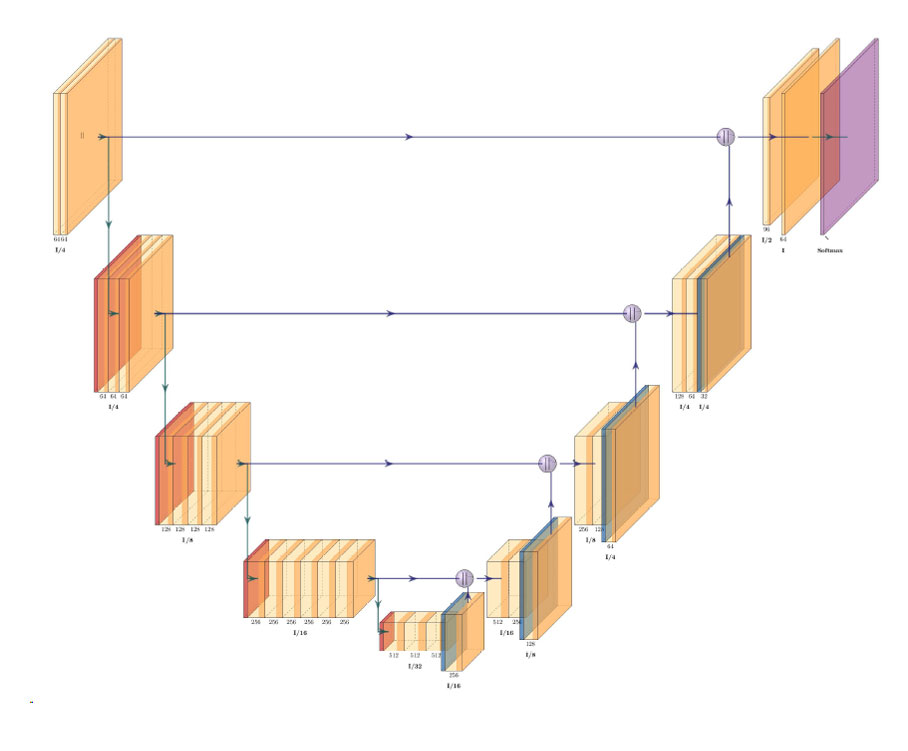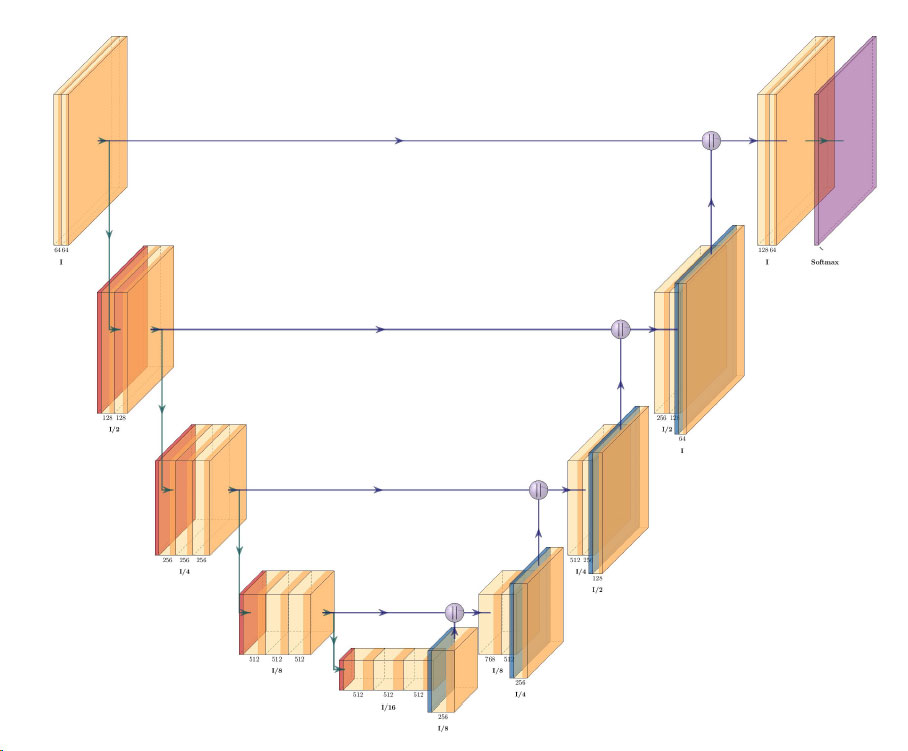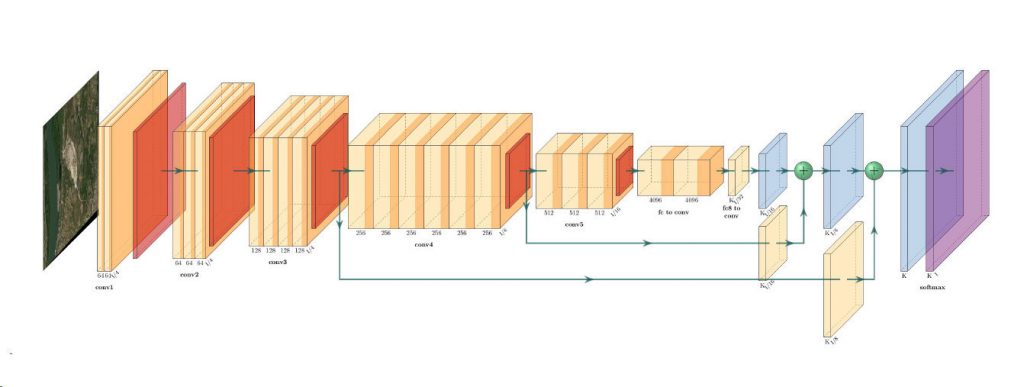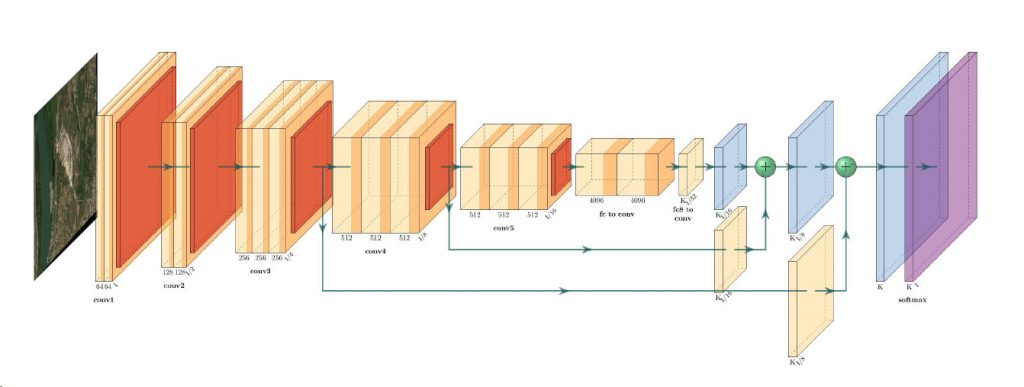EUSI Invests in Ground Station Upgrade at the German Aerospace Center (DLR) for the Fastest VHR Satellite Imagery Delivery in Europe
- European Space Imaging
- 6 July, 2023
Munich, Germany – European Space Imaging (EUSI), the leading provider of Very High Resolution (VHR) satellite imagery in Europe, is thrilled to announce a multi-million euro investment into their ground station located at the German Aerospace Center (DLR) near Munich. This strategic upgrade extends the ability for EUSI to deliver imagery with unprecedented speed and efficiency, solidifying its position as a hub for the best satellite imagery technology in Europe.
On June 27, EUSI successfully commenced downlinking data from the Maxar WorldView satellite constellation using the newly upgraded ground station, also known as the Direct Access Facility (DAF). This milestone marks the beginning of a new era, as EUSI’s customers across Europe can now receive significantly faster Near Real-Time (NRT) deliveries, with processing times of less than 20 minutes after image collection. Moreover, the ground station’s enhanced throughput capacity allows for the parallel processing of multiple NRT orders simultaneously.
The cutting-edge technology deployed at the upgraded EUSI DAF empowers users in the VHR satellite imagery community to make better and faster decisions and gain potentially life-saving insights in emergency situations.
One of the key advantages of the upgraded ground station is the capability to directly downlink data from the upcoming Maxar WorldView Legion constellation, set to begin launching later this year. More than tripling the 30 cm capacity of EUSI, the imagery collected through this upgraded DAF from the long anticipated Legion satellites will transform countless remote sensing projects around Europe and North Africa.
Though upgraded, the location of the EUSI ground station will remain at the DLR in Oberpfaffenhofen, reinforcing the long-standing cooperation between EUSI and DLR. This partnership highlights EUSI’s commitment to investing in German space infrastructure and its dedication to advancing the European remote sensing industry. Additionally, the EUSI ground station plays a crucial role in DLR’s participation in EU security programs and aligns with the responsibilities outlined by the German space strategy.
"Our investment in new technologies demonstrates our commitment to positioning Europe as a hub for space-based remote sensing capabilities. "
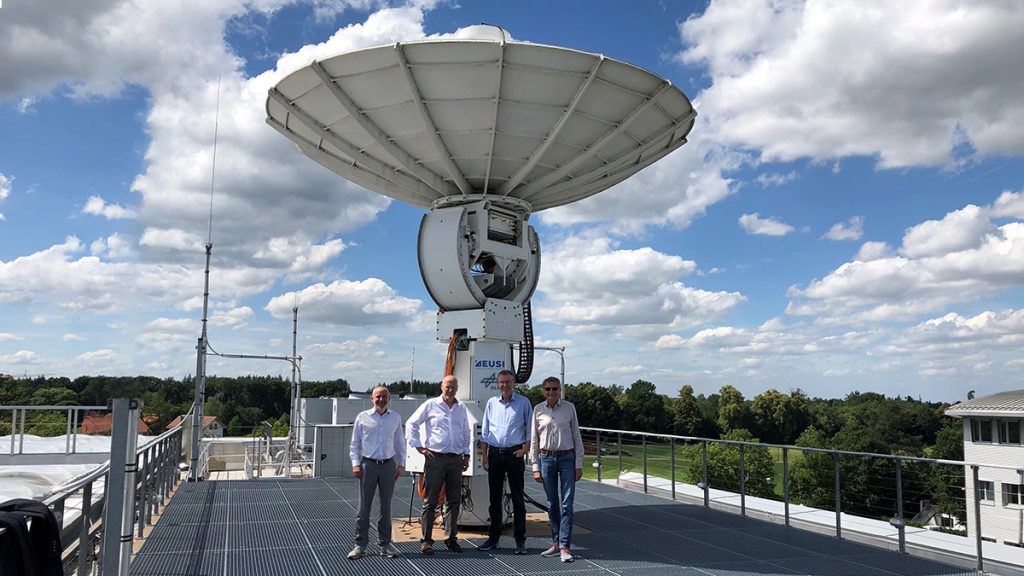
Antenna from the EUSI DAF 3.0 located at the DLR. Pictured with (left to right) Pascal Schichor, Vice President of Sales at EUSI, Adrian Zevenbergen, CEO at EUSI, Dr. Stefan Dech, Director DFD at the German Aerospace Center (DLR) and Dr. Erhard Diedrich, Department Head, International Ground Segment DFD at the German Aerospace Center (DLR).
"Near Real-Time satellite imagery collected through the European Space Imaging Direct Access Facility has been crucial to remote sensing projects from the DLR "
“The ground station upgrade at the German Aerospace Center represents a significant milestone for EUSI and the entire European Earth Observation community,” said Adrian Zevenbergen, CEO of European Space Imaging. “Our investment in new technologies demonstrates our commitment to positioning Europe as a hub for space-based remote sensing capabilities. We are proud to continue partnering with the DLR, and together, we will continue pushing the boundaries of what is possible in the realm of VHR satellite imagery.”
Through this collaboration, EUSI gains invaluable expertise from the DLR in infrastructure, analysis, and machine learning for key users including the European Maritime Safety Agency (EMSA).
“Near Real-Time satellite imagery collected through the European Space Imaging Direct Access Facility has been crucial to remote sensing projects from the DLR including disaster response efforts and developing innovative information products by ZKI and the world’s most advanced vessel classification solutions for EMSA,” says Dr. Stefan Dech, Director DFD at the German Aerospace Center (DLR). “The investment from European Space Imaging into the new ground station will enhance these ongoing projects as well as open the doors for new initiatives moving forward.”
Related Stories
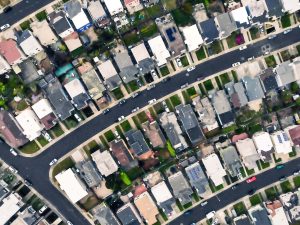
EUSI and Albedo Partner to Deliver 10 cm Resolution Satellite Imagery to Europe
It is our pleasure to announce the partnership with Albedo, a builder of high-performance spacecraft and the first satellite designed to operate commercially in VLEO (Very Low Earth Orbit). This partnership will bring the world’s highest resolution satellite imagery to the European and North African market.

Updating the Land Parcel Identification Systems in 2025: The Benefits of Using Satellite Images
Agricultural paying agencies across Europe face increasing challenges in maintaining accurate and up-to-date Land Parcel Identification Systems (LPIS), ensuring compliance with the Common Agricultural Policy (CAP) and supporting sustainable agricultural practices.
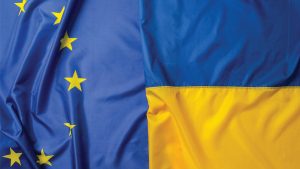
EUSI Confirms Uninterrupted Satellite Imagery Support for Ukraine and European Security
With the successful launch of Maxar Intelligence’s second set of WorldView Legion satellites, European Space Imaging (EUSI) will soon offer up to eight daily collection opportunities in key latitudes across Europe and North Africa – a number that will increase after the final WorldView Legion satellites are launched and all six satellites are operational.

Civil Mapping: Three Case Studies From Germany
Three land-surveying authorities finished large-scale mapping projects using very high resolution satellite images in 2024. These are the challenges, solutions and results:


